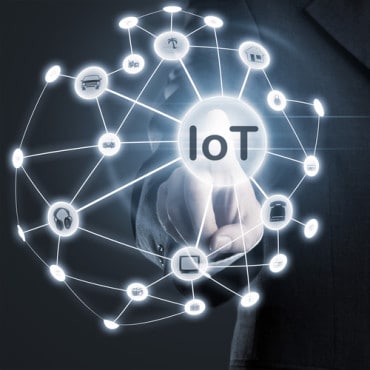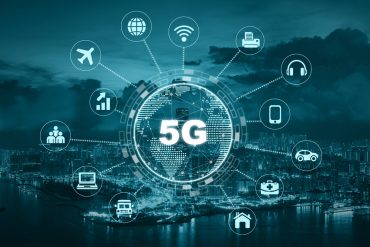
Juniper Research believes that operators need to add “value-added services” to 5G IoT connections, like network slicing and multi-access edge solutions, to attract users to 5G networks.
The 5G Internet of Things (IoT) market is set to explode in the next five years, according to Juniper Research, with an expected growth of 1,400 percent.
Currently, total billed revenue for 5G IoT connections stands at $525 million, but that is set to rise to $8 billion by 2025. Automotive and smart city connections are expected to make up 70 percent of that revenue, with new 5G radios in smartphones accelerating the IoT uptake.
SEE ALSO: How Privacy Trends Will Shape the Next Decade of IoT
Juniper Research believes that operators need to add “value-added services” to 5G IoT connections, like network slicing and multi-access edge solutions, to attract users to 5G networks.
“Management tools for the newly-enabled services are key for users managing large scale deployments,” said research author, Andrew Knighton. “We believe that only 5% of 5G connections will be attributable to the IoT, but as these are newly enabled connections, operators must view them as essential to securing a return on their 5G investment.”
5G rollout across the U.S. and Europe is currently impeded, due to the U.S. government’s ban of Huawei technology. Some countries, like the U.K. and Germany, have sidestepped the U.S. ban to continue the 5G rollout, but some have followed the U.S. and are working with other providers.
The countries that have banned Huawei may suffer from more than a year’s delay in 5G rollout, because of how behind other operators are and the higher costs of deployment. Part of the reason for the U.K. and Germany’s resistance to the ban has been the cost-benefit of working with Huawei, despite the potential backlash from the United States.







